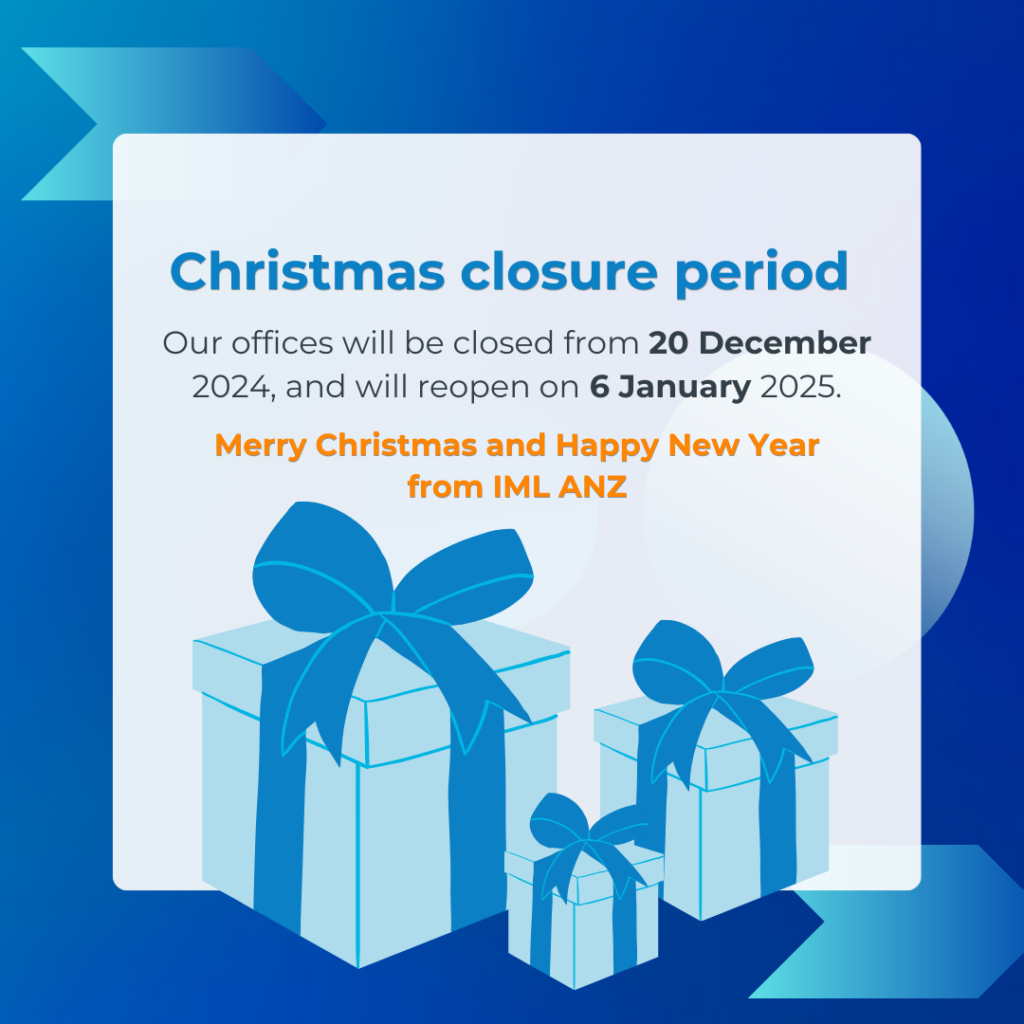By Nicola Field
For more than 50 years, IML ANZ has produced its National Salary Survey to help businesses and managers attract and retain the right talent. It’s the longest running such survey in Australia and Sam Bell FIML, General Manager – Corporate Services and Research at IML ANZ, shared the latest insights from the National Salary Survey, and what it reveals about attracting and retaining top talent without blowing the wages budget.
ONE IN 10 WILL RESIGN
The National Salary Survey found a resignation rate of 10% Australia-wide, according to Bell. Many managers express surprise when they see this figure, but it’s a figure that has, broadly speaking, held steady for several years.
Resignation rates do vary according to location and industry, says Bell. In New South Wales, with a strong state economy and abundant jobs, the resignation rate is 10.5%. In Western Australia, where there’s a downturn in the resource sector, the rate is far lower at 6.8 %. The highest rate of resignation – 14.1%, occurs in the banking/finance/insurance sector. At the other end of the scale, the agricultural sector has a resignation rate of just 7%.
A high level of turnover may be tolerated by large organisations with deep pockets. However, Bell points out that every time an employee moves on it costs an organisation around A$22,000 in terms of outplacement, recruitment and onboarding. That’s a significant bill, and it doesn’t include the disruption to teams and loss of productivity – or even morale – that can occur when good people leave.
START AT THE BEGINNING
“It’s really important to look closely at a candidate’s résumé so that you’re hiring the right people in the first place,” says Bell. “You really should be looking for a cultural fit because people who mesh with the organisation and its values, are more likely to stay longer and have a positive impact on the team.”
Interestingly, Bell says a high level of turnover in past roles isn’t necessarily a warning flag that a candidate is likely to jump ship prematurely. “In today’s world it’s unrealistic to expect an employee to stay with the same organisation for more than three to five years,” he explains.
That said, Bell believes it is important to use interview time wisely, and ask questions about why a candidate has left roles in the past. “You may get generic responses,” notes Bell. “But it is worth trying to get to the root of the problem.”
DITCH PERFORMANCE REVIEWS?
Annual performance reviews are entrenched in many Australian workplaces, but maybe it’s time to rethink the practice. According to Bell, organisations that do not use performance reviews enjoy lower resignation rates.
Bell explains, “Performance reviews can be a way of not addressing employee issues for 12 months. But younger people in particular, need ongoing feedback.” He notes too that it can be challenging to recall what an employee did three months ago, let alone a year ago, and questions how salary rises can be based on somewhat hazy details.
That’s why Bell recommends ditching performance reviews in favour of development plans that focus on regular communication via a weekly or monthly catch-up. “When a manager is prepared to spend time with team members it sends a clear message that the company is investing in its people and, as a result, they feel more valued,” says Bell.
For businesses that opt to ditch performance reviews, salary increases can occur on a rolling basis in line with an employee’s date of initial hiring rather than sticking to a rigid 30 June annual review.
Bell adds that if a team member is performing well, they shouldn’t always have to wait for their hiring anniversary to roll around to be rewarded with pay rise.
KEEP IT FLEXIBLE
Employers can send a powerful signal to their people by investing time and energy in their profession without paying for expensive courses. Bell says mentoring is an easy way to create dialogue, encourage people to hone their skills and to see the bigger picture rather than just taking a myopic view of their day-to-day tasks.
Working flexibility, such as working from home, is also highly valued by many employees. Bell points to the changing dynamics of lifestyle and technology that make telecommuting a growing trend – and one that can support staff retention: “The flexibility to spend at least part of the week working from home is a proven way to attract staff without paying any additional salary.”
Bending to employee preferences for a shorter working week can also be a way to hold onto quality talent. “Employees can struggle to find another business where they can work their preferred hours, so if a flexible working week is approved by their current employer, it definitely reduces the likelihood that an employee will move on,” notes Bell.
Offering some flexibility with start and finish times can also help, especially for employees with young children or other carer commitments. Bell says, “As long as staff know the appropriate times to schedule meetings, the system can work well.”
HEALTHIER = HAPPIER
A healthy employee is a productive employee – and maybe even a more loyal one. Being proactive about your team’s wellbeing can enhance retention rates.
IML ANZ’s National Salary Survey revealed some innovative practices employers are adopting to keep good people on board. These include ‘walking meetings’ and wellness days, where a masseuse comes into the business for a morning at the company’s expense. Bell notes that IML ANZ recently held a ‘bring your dog to work’ day though he admits some of the pooches did get a little unruly. Nonetheless, what matters is that the organisation is willing to try different things: “It’s about breaking up the routine and relaxing the office culture a little.”
Other wellness innovations include the use of Employee Assistance Programs. Bell explains that these typically involve a phone-based counselling service that employees can use if they are experiencing personal issues – anything from addiction through to a relationship breakdown. The service is confidential but is often costed on a ‘pay per use’ basis, between the employer and counselling service.
Taking a creative approach to annual leave is another strategy but it goes beyond bonus days off, and can include leave for voluntary activities.
A more pressing issue for many small to medium enterprises can be maternity and paternity leave. Bell notes, “They may be able to afford to top up government-funded maternity/paternity leave so that an employee receives close to their regular wage or salary. It’s a way for smaller employers to compete with the big end of town.”
Ultimately, staff retention is all about finding ways to demonstrate that you value your staff – and help them thrive in your workplace. This requires an investment of time and effort. But it’s a lot easier and cheaper than farewelling quality talent and trying to fill the gap they leave behind.
The full version of this article appeared as ‘Let’s Stay Together’ in the December 2018 edition of IML ANZ’s exclusive Member magazine, Leadership Matters.



